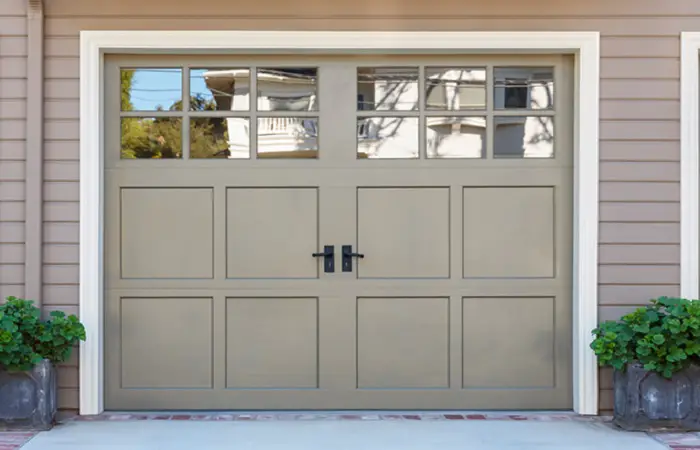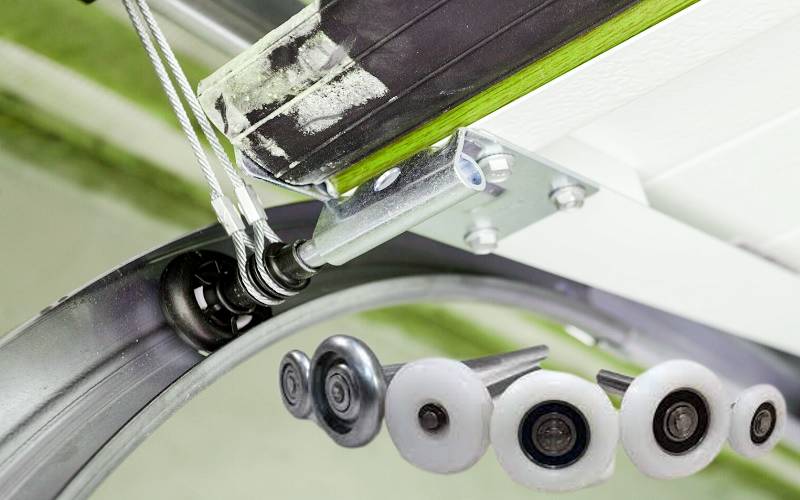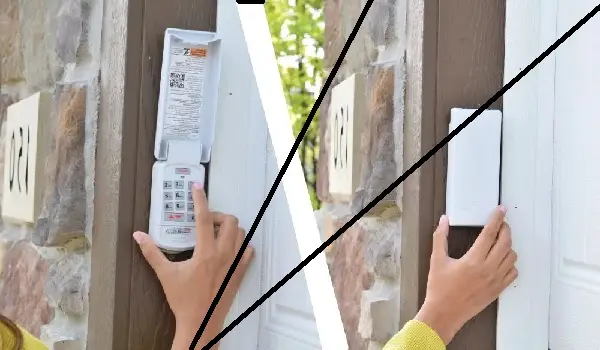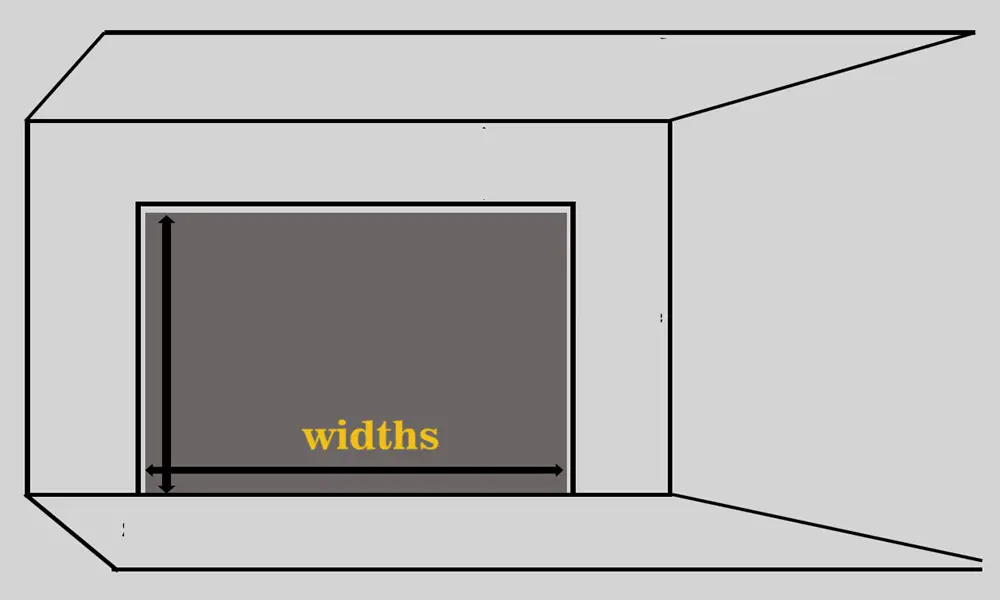How to Tell What Garage Door Spring i Need
How to Tell What Garage Door Spring i Need When it comes to garage door repair, one of the most […]

How to Tell What Garage Door Spring i Need
When it comes to garage door repair, one of the most important and potentially dangerous components to understand are the garage door springs.
These springs provide the force necessary to lift and lower the door, and without them, the door would be incredibly difficult to operate.
However, because there are different types of garage door springs available, it can be challenging to determine which one you need to replace a broken spring.
In this article, we will explore the different types of garage door springs and provide you with the knowledge necessary to determine which one you need.
Understanding Garage Door Springs

Garage door springs are an essential part of any garage door system. Without these springs, the door would be too heavy to lift or lower manually. They work by counterbalancing the weight of the door, making it easy to operate.
However, because of the amount of force exerted by the springs, they can be dangerous if not handled properly. Garage door springs should only be replaced by trained professionals who have the knowledge and tools to safely handle the components.
Measuring Your Garage Door Springs
Before you can determine which spring you need to replace a broken one, you need to measure the existing spring. Here are the measurements you need to take:
Length
Measure the length of the spring from end to end. This measurement is critical because it determines the amount of force the spring can produce.
Wire Size
The wire size is the thickness of the spring wire. A thicker wire will produce more force, while a thinner wire will produce less force.
Inside Diameter
The inside diameter is the distance between the coils of the spring. This measurement is essential because it determines the size of the shaft needed to support the spring.
Wind Direction
Garage door springs are either left-wound or right-wound, depending on the direction the wind. To determine the wind direction, stand inside the garage with your back to the door and look at the spring. If it winds in a clockwise direction, it is right-wound. If it winds in a counterclockwise direction, it is left-wound.
Determining the Right Spring for Your Door
Once you have measured your garage door springs, you need to determine which spring you need to replace the broken one. Here are the factors to consider:
Door Weight
The weight of the garage door determines the amount of force needed to lift it. A heavier door will require a stronger spring, while a lighter door will require a weaker spring.
Number of Springs
Some garage doors have one spring, while others have two. If your door has two springs, you need to replace both of them, even if only one is broken. Replacing only one spring will result in an unbalanced door, which can cause damage to the garage door opener and the door itself.
Spring Length
The length of the spring determines how much force it can produce. A longer spring can produce more force, while a shorter spring can produce less force.
Spring Diameter
The diameter of the spring determines how much torque it can generate. A larger diameter spring can generate more torque, while a smaller diameter spring can generate less torque.
Spring Rate
The spring rate is the amount of force required to compress the spring by one inch. This measurement is critical because it determines the amount of force the spring can produce throughout its lifespan.
Read Also:
Garage Door Spring Repair Cost: Factors and Tips
Replacing Your Garage Door Springs
Replacing garage door springs can be dangerous and should only be attempted by trained professionals. However, if you choose to replace the springs yourself, here are some tips:
Safety First
Before you begin, make sure you have the necessary tools and safety equipment, including gloves, eye protection, and a hard hat.
Replacing Torsion Springs
To replace a torsion spring, you need to release the tension on the existing spring and unwind it from the shaft. Then, you can install the new spring and wind it onto the shaft.
Replacing Extension Springs
To replace an extension spring, you need to release the tension on the existing spring and remove it from the door. Then, you can install the new spring and reconnect it to the door.
Read Also:
Garage Door Extension Springs: A Crucial Component
Conclusion
Garage door springs are an essential component of any garage door system. Understanding the different types of springs and how to measure them is critical when it comes to replacing a broken spring.
By considering the weight of your door, the number of springs, and the measurements of the existing springs, you can determine which spring you need to replace the broken one.
Remember that replacing garage door springs can be dangerous and should only be attempted by trained professionals. If you choose to replace the springs yourself, make sure you have the necessary tools and safety equipment and follow the instructions carefully.
FAQs
How long do garage door springs last?
Garage door springs typically last between 5 and 7 years. However, their lifespan depends on factors such as the weight of the door, the frequency of use, and the quality of the springs.
Can I replace just one garage door spring?
If your garage door has two springs, you should replace both of them, even if only one is broken. Replacing only one spring will result in an unbalanced door, which can cause damage to the garage door opener and the door itself.
How do I know if my garage door spring is broken?
If your garage door is difficult to lift or lower, makes a loud noise when opening or closing, or the door is visibly uneven, you may have a broken garage door spring.
Can I replace garage door springs myself?
Replacing garage door springs can be dangerous and should only be attempted by trained professionals. However, if you choose to replace the springs yourself, make sure you have the necessary tools and safety equipment and follow the instructions carefully.











